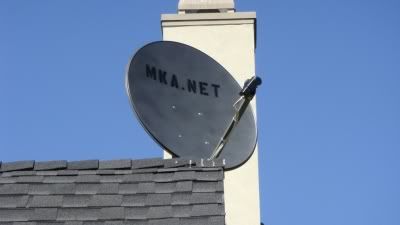The stacked C-Band LNB works great. I had 3 receivers running off of it.
LNB-------sat splitter--------diseqc switches
The reason I put the C2 on was at the time 2 fold
-analog
-the Quali receiver has only one C-Band LNB LO of 5150 and you can't add one. So all my horizontal TP's had to be lowered 600 (so World Harvest at 4000 H 26400 was at 3400 V 26400). It got too cumbersome to play the math game
Also I have a 4x4 multiswitch in the basement...2 lines from the C2 C-Band and 2 from the motorized (there are actually 4 lines from the motorized....2 go to a 2nd 4x4) so I only need one switch to run 3 receivers
LNB-------sat splitter--------diseqc switches
The reason I put the C2 on was at the time 2 fold
-analog
-the Quali receiver has only one C-Band LNB LO of 5150 and you can't add one. So all my horizontal TP's had to be lowered 600 (so World Harvest at 4000 H 26400 was at 3400 V 26400). It got too cumbersome to play the math game
Also I have a 4x4 multiswitch in the basement...2 lines from the C2 C-Band and 2 from the motorized (there are actually 4 lines from the motorized....2 go to a 2nd 4x4) so I only need one switch to run 3 receivers



